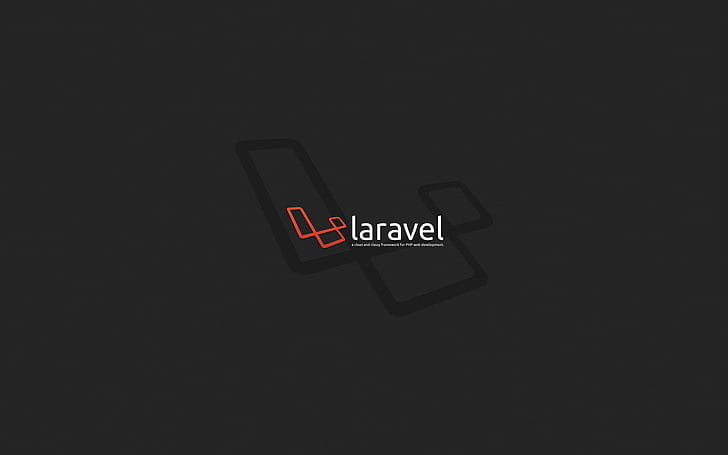
Getting started with Laravel: A Comprehensive Guide
Laravel is one of the most popular PHP web frameworks, known for its elegant syntax, robust features, and efficient performance. Whether you’re new to web development or an experienced developer looking to switch to Laravel, this guide will help you get started with Laravel from scratch.
Here are the steps you need to follow to get started with Laravel:
Install PHP
Before you can install Laravel, you need to have PHP installed on your system. You can download and install PHP from the official website (https://www.php.net/downloads.php).
Install Composer
Composer is a dependency manager for PHP that allows you to easily manage your project dependencies. You can download and install Composer from the official website (https://getcomposer.org/).
Install Laravel
Once you have PHP and Composer installed, you can install Laravel using Composer. Open your terminal or command prompt and run the following command:
composer global require laravel/installer
This will install the Laravel installer globally on your system.
Create a New Laravel Project
After installing Laravel, you can create a new Laravel project using the following command:
laravel new project-name
This will create a new Laravel project in a directory named “project-name”.
Run the Laravel Development Server
Once you’ve created your Laravel project, you can run the development server using the following command:
php artisan serve
This will start the development server on http://localhost:8000.
Explore the Laravel Directory Structure
Laravel follows the Model-View-Controller (MVC) architecture pattern, which separates the application into three parts: Models, Views, and Controllers. The Laravel directory structure is organized accordingly. Here’s a brief overview of the important directories and files in a Laravel project:
- app/: Contains the application logic, including Models, Views, and Controllers.
- bootstrap/: Contains the application bootstrapping code.
- config/: Contains the application configuration files.
- database/: Contains the database migrations and seeds.
- public/: Contains the public-facing files, including the index.php file that serves as the entry point to the application.
- resources/: Contains the assets like views, JavaScript, and CSS files.
- routes/: Contains the application routes.
- storage/: Contains the application cache, sessions, and logs.
- tests/: Contains the automated tests for the application.
Create a Route and View
Now that you have a basic understanding of the Laravel directory structure, you can create your first route and view. Open the routes/web.php file and add the following route:
Route::get('/', function () {
return view('welcome');
});
This route returns a view named “welcome”. Next, create a new file named “welcome.blade.php” in the resources/views/ directory and add the following content:
<!DOCTYPE html>
<html>
<head>
<title>Welcome to Laravel</title>
</head>
<body>
<h1>Welcome to Laravel</h1>
<p>This is a Laravel project.</p>
</body>
</html>
Now, when you visit http://localhost:8000, you should see the “Welcome to Laravel” message.
Conclusion
Laravel is a powerful PHP web framework that makes web development fast and efficient. By following the steps in this guide, you can get started with Laravel from scratch and start building amazing web applications. With its elegant syntax, robust features, and active community, Laravel is an excellent choice for any web development project.
Keywords: Laravel, PHP, web development, Composer, Model-View-Controller, MVC, directory structure, routes, views, server, configuration, bootstrap, resources, public, database, testing.

